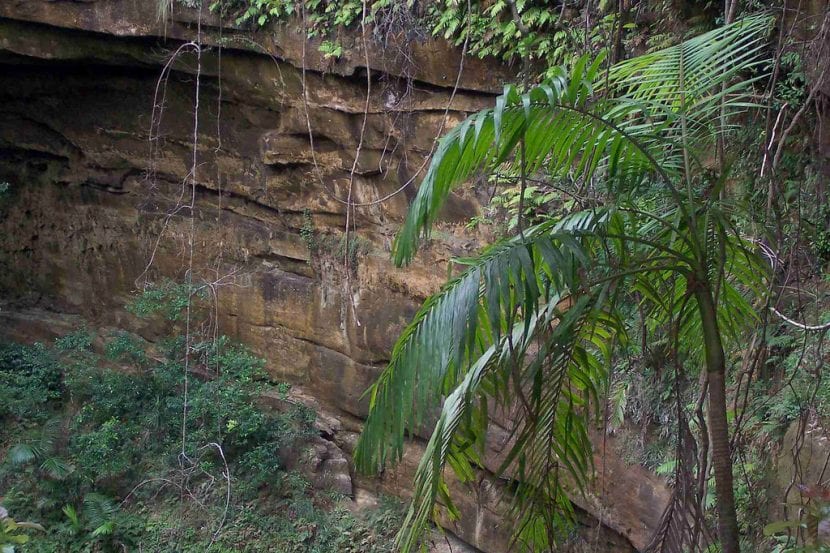
Archontophoenix cunninghamiana
Image - Flickr / Jesús Cabrera
Of all the types of plants there are, I confess that palm trees are my weakness. And there are more than 3000 species: some are tiny like the Minute Dypsis, and there are others, such as Archontophoenix, which rise almost as if it wanted to touch the sky.
In this article I am going to talk to you about the latter, well they are tremendously beautiful and very easy to grow.
Origin and characteristics

Image - Flickr / Poytr
Our star palms are native to the warm, rainy jungles of Australia. They belong to the botanical genus Archontophoenix, which is made up of six species. They can reach a height of up to 25 meters, with a rather thin ringed trunk up to 35cm in diameter. The leaves are pinnate, up to 5 meters long, and are composed of folioles or pinnae 50 to 100 cm long that are inserted into the rachis in the same plane, which makes them acquire a very tropical appearance.
The flowers are grouped in short but very dense inflorescences of about 30cm in length. The fruits are ovoid, grouped in clusters, and are about 4cm in diameter.
Species
- Archontophoenix Alexandrae.: known as Alejandra palm, Australian royal palm or Alexandro palm, it is native to Queensland (Australia). It reaches 20 meters in height, and its leaves are green on the upper side and glabrous on the underside. See file.
- Archontophoenix cunninghamianaKnown as Bangalow palm or king palm, it is native to Australia. It reaches 20 meters in height, with green leaves. See file.
- Archontophoenix maxima: is the highest of the genre. Endemic to Queensland, it reaches a height of up to 25 meters, with green leaves (the new leaf can take on a reddish-orange hue). See file.
- Archontophoenix myolensis: endemic to the Myola area and the Black Mountain in Kuranda, on the Atherton Plateau, Queensland. It reaches 15-20 meters in height, and its leaves are green.
- Archontophoenix purpurea: originally from Queensland, where it lives in the rain forests. It reaches a height of about 20 meters, with a purple capital (the junction between the crown of leaves and the trunk). Archontophoenix tuckeri: It is native to Queensland, and reaches a height of up to 20m.
What are their cares?

Archontophoenix Alexandrae.
Image - Flickr / Alejandro Bayer
If you want to have a copy, we recommend that you provide it with the following care:
- Location: it must be outside, in semi-shade.
- Earth:
- Pot: mulch mixed with 30% perlite.
- Garden: they grow in fertile soils, with good drainage.
- Irrigation: about 4 times a week in summer, and every 4-5 days the rest of the year.
- Subscriber: in spring and summer with organic fertilizers, such as earthworm humus or manure. Use liquid fertilizers if you have it in a pot.
- Multiplication: by seeds in spring-summer.
- Rusticity: it depends a lot on the species, but in general weak frosts of up to -3ºC do not harm them, except for the Archontophoenix purpurea which is rather whopping.
What do you think of these palm trees?